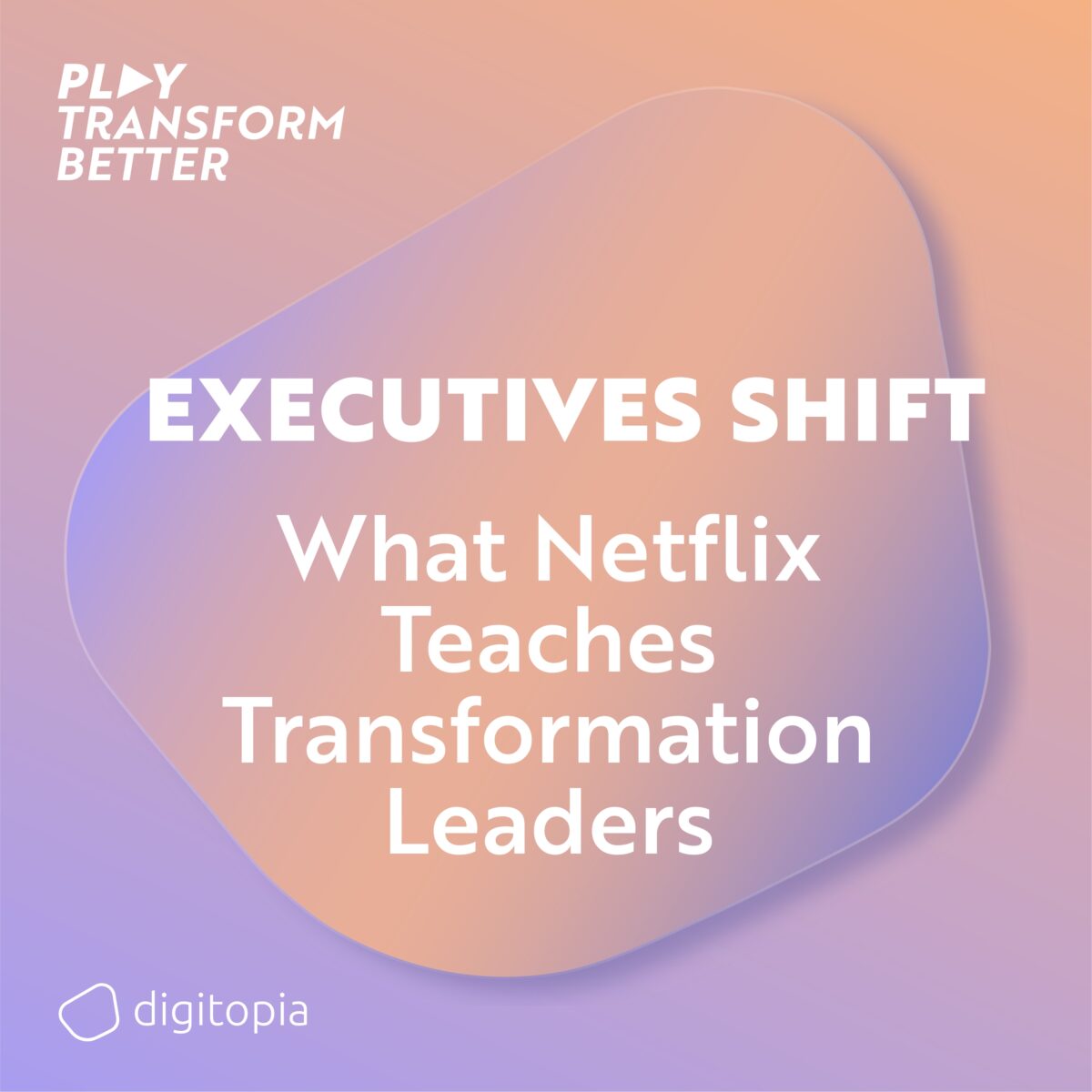
Listen on
Episode Description
Welcome to the deep dive. If you are in a leadership role today, steering complex transformation, you know the goal isn’t just efficiency anymore. It’s agility. We all need faster decisions, real innovation, and the ability to pivot almost instantly when markets shift or when the world shifts.
Agility isn’t just about a new process or software. It demands an environment built on trust. Organisations must trade old bureaucratic control for genuine empowerment.
The Netflix Model: Freedom and Responsibility
This brings us face to face with one of the most famous and debated organisational models: the freedom and responsibility culture, the one Netflix codified.
For transformation leaders, this model is the definition of high-risk, high-reward. The results are alluring, but it is also a cautionary tale if you try to copy-paste it without understanding the deep foundations it requires.
Our mission today is to unpack this high-stakes philosophy. We will go beyond buzzwords, examine the uncompromising principles, the measurable upsides, the hidden risks, and most importantly, practical ways to adapt these ideas for your own situation.
Four Interlocking Principles
When we first hear freedom in a business context, many think of flexible work hours or dress codes. But this freedom and responsibility model is a serious operating system. It is a deliberate trade-off. You gain enormous freedom, but you immediately take on enormous responsibility.
The model hinges on four non-negotiable principles:
Decision-Making Freedom
Empowerment taken to its extreme. Employees at all levels are expected to make high-stakes calls without running up the chain for approval.
Unwavering Accountability
Freedom is balanced by strict accountability for results. You deliver measurable outcomes or you are out.
Radical Transparency
People making big calls need the same information the CEO has. Market data, financials, strategic context, constraints — you cannot expect high-quality decisions if people are operating in the dark.
Talent Density
This is the bedrock. The performance bar is exceptionally high. Mediocrity is not tolerated, because mission-critical decisions are delegated to everyone.
The Measurable Upside
The intensity of this model raises questions about burnout, but the data shows clear benefits when companies combine high autonomy with high accountability:
- 40% higher commercialisation of new ideas due to reduced friction and faster iteration.
- 25% faster decision-making compared to traditional hierarchies.
- 20% higher employee engagement scores on average, because people feel trusted and see their impact directly.
The upsides are clear: faster decisions, more innovation, and more engaged employees.
Why Most Companies Fail
If the upside is so strong, why isn’t every company doing this? Because most attempts fail. Leaders often try to take the fun part — the freedom — and ignore the tough foundations. The system collapses if prerequisites are not solid.
Three critical organisational conditions must be met:
Maintain High Talent Density — the bulk of your workforce must already be operating at peak level. Without this, freedom turns into chaos and costly mistakes.
Clarity of Strategic Direction — everyone must know where the ship is sailing. Autonomy without clear strategy leads to fragmented initiatives.
Robust Measurement Systems — accountability requires data. Without clear success metrics, accountability vanishes and turns into finger pointing.
Freedom Misunderstood
One of the biggest misconceptions is confusing freedom with flexibility. Flexibility is low stakes — working from home or bending small rules. Freedom in this model means operating with huge autonomy but strictly within non-negotiable strategic boundaries.
It requires internal discipline through three embedded practices:
Clarity of Purpose — everyone must articulate strategic priorities clearly.
Shared Context — radical transparency ensures decisions are based on shared facts.
Rigorous Talent Curation — continuously maintaining talent density through hiring, promotion, and retention.
Skipping these disciplines creates invisible silos. Teams drift apart, pursue misaligned projects, and initial momentum collapses.
Practical Steps for Leaders
Leaders do not need to adopt the Netflix model wholesale. Strategic adaptation is key. Three practical steps are:
Define Freedom Boundaries — make it clear where teams have full autonomy and where alignment is still required.
Pair Autonomy with KPIs — success must be objectively measurable and visible to everyone.
Scale Through Pilots — test the model with select teams, measure everything, learn what breaks, then expand based on proven results.
The Core Lesson
Freedom is not the opposite of structure. It is the outcome of the right kind of structure: internal discipline, shared context, and high capability.
The challenge for leaders is not whether to give freedom — agility demands it — but how to engineer the conditions that turn autonomy from a potential wrecking ball into a genuine strategic asset.
Leadership focus must shift from managing bureaucratic processes to curating performance and context relentlessly.
Closing Thought
If talent density is truly non-negotiable for this model to succeed, the real question for leaders outside Silicon Valley is:
What specific metrics should you use to define and measure top performance before granting high autonomy?
Getting this wrong is where most attempts fail before they even begin.




